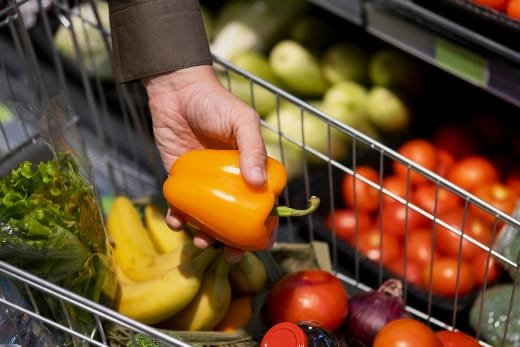Key Takeaways
- Japan vegetable prices surged 30–40% in August amid severe heat
- Rice prices rose for the first time in 10 weeks, signaling broader inflation
- MAFF warns of continued volatility in fresh produce
- Climate stress and fragile logistics heighten food insecurity risk
Japan vegetable prices are spiking across the country as a record-breaking heatwave disrupts crop yields and strains the food supply chain, prompting inflation warnings from the Ministry of Agriculture.
On August 1, Japan’s Ministry of Agriculture, Forestry and Fisheries (MAFF) reported a sharp rise in prices for key produce items. Tomatoes, cucumbers, and peppers have surged 30–40% above their five-year seasonal average. These Japan vegetable prices are expected to stay elevated throughout August, due to heat damage and delayed shipments.
“High temperatures and drought are damaging yields across key growing areas,” said a Tokyo-based wholesale distributor. “The quality is down, and Japan vegetable prices reflect that stress.”
According to MAFF’s July 21 trend report, cucumbers traded at 1.4 times the average price in the Tokyo Central Wholesale Market, with tomatoes and peppers close behind. These shifts are driving household grocery costs higher — and putting pressure on supermarket margins.
Lettuce and Cabbage Buck the Trend
Not all Japan vegetable prices are climbing. Cabbage and lettuce, supported by localized rainfall, are seeing healthy yields and are expected to fall below average in early August. However, these outliers don’t offset broader inflationary pressures.
“The volatility of Japan vegetable prices is increasing,” said food economist Kazuo Tanaka of Hosei University. “Our infrastructure and logistics are too brittle for a climate this unpredictable.”
Rice Prices Break 10-Week Slide
Meanwhile, rice — a cultural and dietary cornerstone — has also seen its price rise. As of late July, the average national retail price for 5kg stood at ¥3,467, up ¥35 from the previous week. The Ministry linked this increase to a slowdown in government rice stock sales.
“We may be seeing the beginning of a shift,” said Agriculture Minister Koizumi. “Japan vegetable prices and rice inflation are both critical indicators.”
Climate, Not Just Markets, Driving the Crisis
Analysts warn that the rise in Japan vegetable prices signals deeper vulnerabilities. The aging farm labor force, coupled with extreme weather and supply chain fragility, leaves the country exposed to rapid food cost increases.
“We’ve structured our food economy around perfect conditions,” Tanaka said. “But Japan vegetable prices now respond to every disruption — weather, fuel, or policy.”
Regional Trends Show Similar Stress
Across Asia, food inflation is trending higher. India has curbed rice exports, and South Korea is facing pepper shortages. But Japan’s reliance on just-in-time delivery and narrow supply margins makes its spikes sharper.
“Everything is more expensive now,” said Chiba grocer Aiko Murata. “Customers see Japan vegetable prices go up and down weekly. They’re switching to frozen or processed alternatives.”
With the Ministry of Agriculture offering no firm forecast beyond August, retailers and households are bracing for another turbulent quarter — one where Japan vegetable prices could become a proxy for climate resilience.



